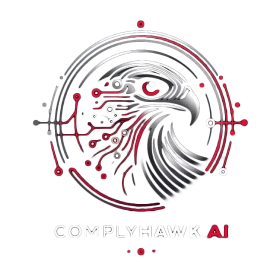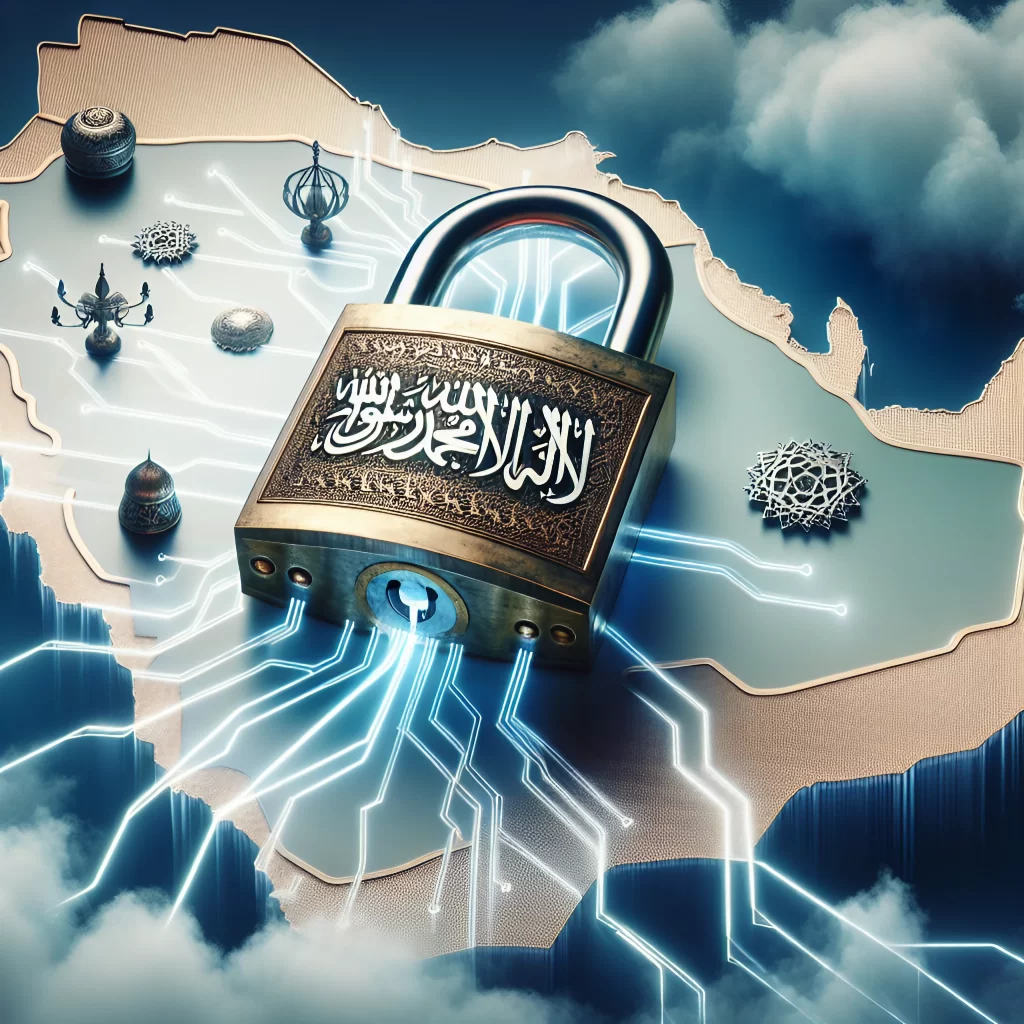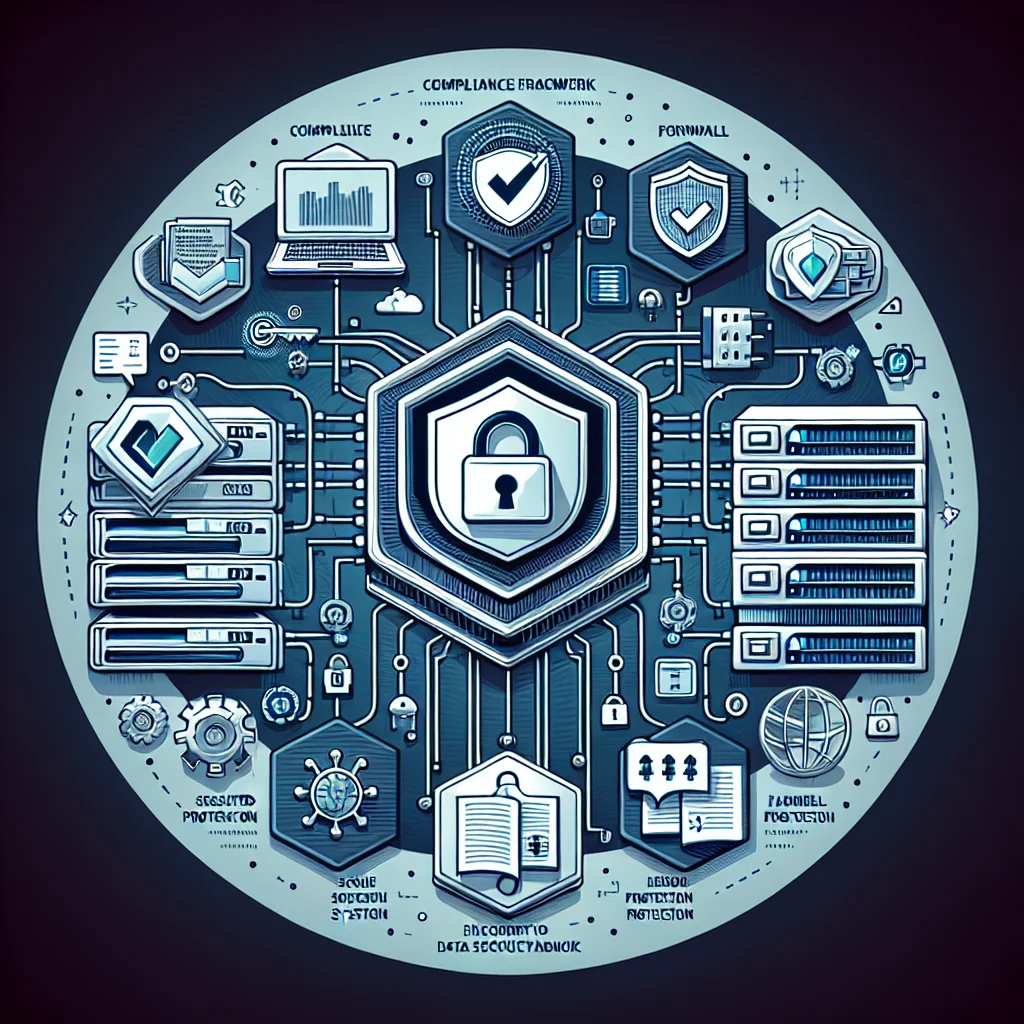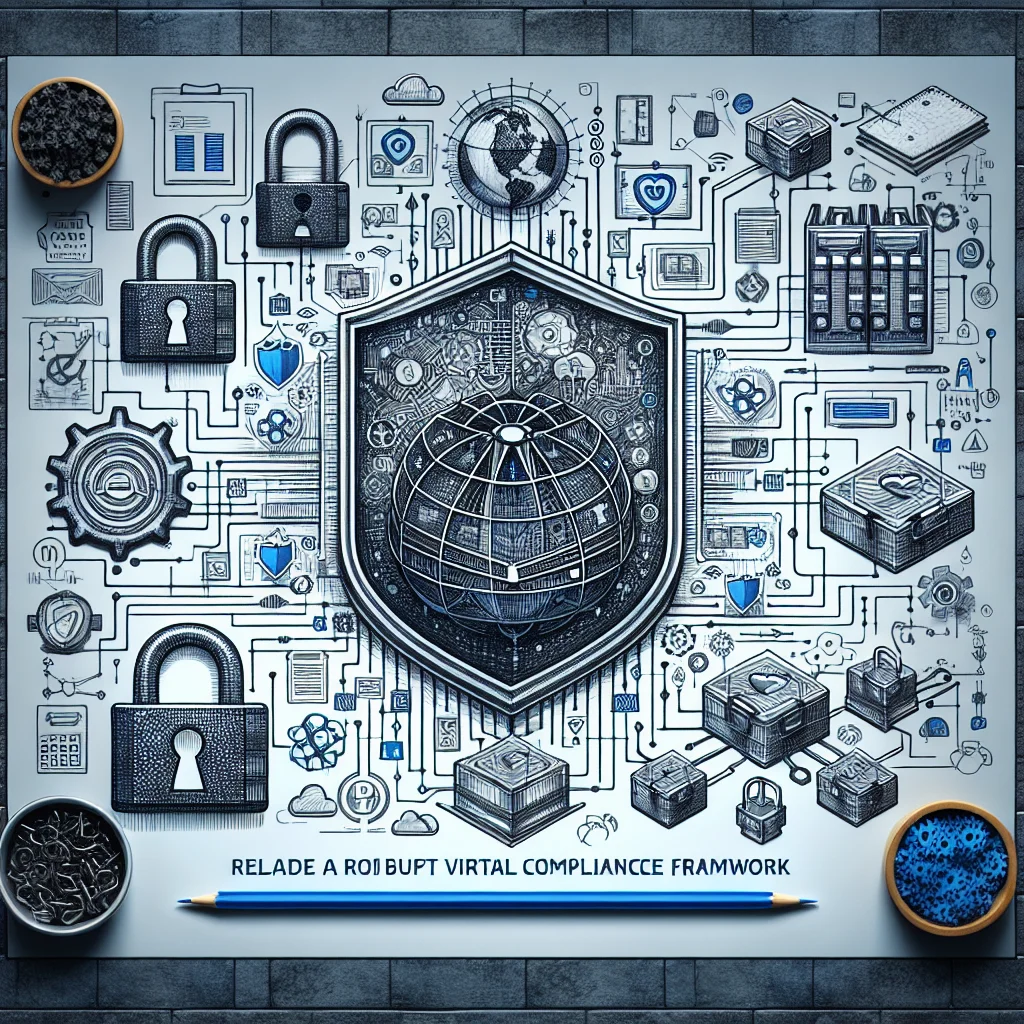Introduction
In today’s digital age, the importance of data security and compliance cannot be overemphasized. With cyber threats becoming more sophisticated and frequent, organizations must ensure their systems and processes are secure. One of the most recognized frameworks for this purpose is SOC 2 (Service Organization Control 2).
SOC 2 is designed specifically to help service organizations manage customer data based on five “trust service principles”—security, availability, processing integrity, confidentiality, and privacy. This article aims to provide CISOs and IT professionals, especially those in the Middle East, with a comprehensive understanding of SOC 2 compliance, answering frequently asked questions and discussing common controls.
What is SOC 2?
SOC 2 is an auditing procedure that ensures service providers securely manage data to protect the interests of the organization and the privacy of its clients. It was developed by the American Institute of CPAs (AICPA) and is based on the AICPA’s Trust Services Criteria.
Who Needs SOC 2 Compliance?
SOC 2 compliance is essential for technology and cloud computing companies that store customer data. It is particularly relevant for Software as a Service (SaaS) companies, data centers, and managed service providers.
Frequently Asked Questions
1. Why is SOC 2 important for my organization?
SOC 2 ensures that your organization follows best practices for data security, enhancing trust with clients and stakeholders. It also helps prevent data breaches, which can be costly and damaging to your reputation.
2. What are the five Trust Service Principles?
The five Trust Service Principles are:
- Security: Information and systems are protected against unauthorized access.
- Availability: Information and systems are available for operation and use as committed or agreed.
- Processing Integrity: System processing is complete, valid, accurate, timely, and authorized.
- Confidentiality: Information designated as confidential is protected.
- Privacy: Personal information is collected, used, retained, disclosed, and disposed of in conformity with the commitments in the entity’s privacy notice.
3. What is the difference between SOC 1 and SOC 2?
SOC 1 focuses on financial reporting, while SOC 2 focuses on data security.
4. How long does it take to achieve SOC 2 compliance?
The time to achieve SOC 2 compliance varies depending on the organization’s size and preparedness but typically ranges from 6 to 12 months.
5. What is a SOC 2 Type I report?
A SOC 2 Type I report evaluates the design of security processes at a specific point in time.
6. What is a SOC 2 Type II report?
A SOC 2 Type II report evaluates the operational effectiveness of these processes over a period of time, typically six months.
7. How often should we undergo a SOC 2 audit?
Organizations typically undergo SOC 2 audits annually.
8. What are the penalties for non-compliance?
While there are no direct penalties from the AICPA, non-compliance can lead to loss of business, reputational damage, and potential legal liabilities.
9. How can we prepare for a SOC 2 audit?
Preparation includes conducting a readiness assessment, implementing necessary controls, and training staff.
10. What role does documentation play in SOC 2 compliance?
Documentation is critical for proving that controls are in place and operating effectively.
11. What is the cost of SOC 2 compliance?
Costs can vary widely but generally range from $20,000 to $100,000, depending on the complexity and scope of the audit.
12. What are common pitfalls to avoid during SOC 2 preparation?
Common pitfalls include inadequate documentation, lack of employee training, and insufficient management support.
13. Can we use automated tools to help with SOC 2 compliance?
Yes, automated compliance platforms like Cyberarrow and Drata can streamline the compliance process.
14. How does SOC 2 compliance differ in the Middle East?
While the core requirements remain the same, organizations in the Middle East may need to consider local regulations and cultural nuances when implementing SOC 2 controls.
15. Are there any Middle East-specific considerations for SOC 2 compliance?
Yes, consider local data protection laws, such as Saudi Arabia’s Personal Data Protection Law (PDPL) and UAE’s Federal Law on Personal Data Protection.
16. How do we maintain SOC 2 compliance?
Maintaining compliance involves regular audits, continuous monitoring, and updating controls as needed.
17. What is the role of the CISO in SOC 2 compliance?
The CISO is responsible for overseeing the implementation of security controls and ensuring ongoing compliance.
18. How does SOC 2 compliance benefit our clients?
SOC 2 compliance demonstrates your commitment to security, boosting client confidence and satisfaction.
19. Can SOC 2 compliance help with other regulatory requirements?
Yes, SOC 2 compliance can complement other frameworks like ISO 27001 and PCI DSS.
20. Where can we find more resources on SOC 2 compliance?
The AICPA website and automated compliance platforms like Cyberarrow offer extensive resources.
Is SOC 2 Relevant for IT Professionals in the Middle East?
SOC 2 can be relevant for IT professionals in the Middle East, especially as the region witnesses rapid digital transformation and growth in cloud computing services. With an increasing reliance on technology and data-centric solutions, IT professionals must understand and implement robust security measures to protect sensitive information.
SOC 2 compliance not only aids in safeguarding customer data but also demonstrates an organization’s commitment to security best practices, which is crucial for gaining trust among clients and stakeholders in a competitive market. Moreover, as local regulations around data protection become more stringent, familiarity with SOC 2 can help organizations navigate compliance challenges effectively, ensuring they meet both international and regional standards.
Common Controls Between Frameworks
Understanding the overlap between SOC 2 and other frameworks can simplify your compliance efforts. Here are some shared controls:
ISO 27001
- A.5.1.1 – Information security policies
- A.7.2.2 – Information security awareness, education, and training
- A.12.1.2 – Change management
- A.13.1.1 – Network controls
PCI DSS
- 1.1.1 – Establish and implement firewall and router configuration standards
- 3.2.1 – Mask PAN when displayed
- 7.1.1 – Limit access to system components and cardholder data to only those individuals whose job requires such access
- 8.1.1 – Assign a unique ID to each person with computer access
Common Controls Between SOC 2 and Middle Eastern Frameworks
When navigating compliance in the Middle East, organizations may find beneficial overlaps between SOC 2 controls and regional frameworks. Familiarizing oneself with these common controls can ease the compliance journey. Here are notable shared controls along with specific clauses highlighted:
UAE Information Security Regulation
- 2.1.5 – Establish and implement information security management framework
- 3.2.3 – Risk assessment and management processes must be maintained
Saudi Arabia’s Personal Data Protection Law (PDPL)
- Article 5 – Processing of personal data must be limited to purposes specified clearly to the data subject
- Article 8 – Data subjects must have the ability to access their personal data upon request
Bahrain’s Personal Data Protection Law
- Article 9(1) – Personal data should be obtained and processed fairly and lawfully
- Article 15 – Data controllers must implement appropriate technical and organisational measures to ensure the security of personal data
By aligning SOC 2 requirements with these local frameworks, organizations can better understand their obligations while enhancing their overall compliance posture.
Saudi Arabia’s Personal Data Protection Law (PDPL)
- Article 6: Data Minimization – Ensure that personal data collection is limited to what is necessary for its intended purpose.
- Article 10: Data Subject Rights – Implement controls to provide individuals with access to their personal data and the ability to rectify inaccuracies.
UAE’s Federal Law on Personal Data Protection
- Article 9: Security Measures – Organizations should adopt appropriate technical and organizational measures to protect personal data against unauthorized access and accidental loss.
- Article 14: Data Breach Notification – Establish procedures for timely notification to data subjects and authorities in the event of a data breach.
Gulf Cooperation Council (GCC) e-Commerce Law
- Article 10: Electronic Contracting – Ensure systems are secure and can confirm the intent of parties involved in electronic transactions, enhancing transparency and trust.
- Article 22: Consumer Protection – Implement relevant controls to safeguard consumer data and ensure their privacy is respected in compliance with regional regulations.
By integrating these common controls, organizations can streamline their approach to SOC 2 compliance while reinforcing their commitment to regional legal obligations.
Qatar Data Protection Law
- Article 4: Lawful Processing – Organizations must ensure that personal data is processed lawfully, transparently, and for legitimate purposes.
- Article 6: Data Breach Response – Establish and maintain procedures to effectively manage and mitigate data breaches, including prompt notification to affected individuals and authorities.
Saudi Arabia’s E-Commerce Law
- Article 6: Data Protection in Online Transactions – Implement security measures to protect consumers’ personal information during online transactions, ensuring data integrity and confidentiality.
- Article 15: User Consent for Data Collection – Ensure explicit user consent is obtained before collecting personal data, and provide users with clear information regarding data usage.
UAE Cybersecurity Law
- Article 4: Cybersecurity Risk Management – Develop and implement a comprehensive risk management framework to address cybersecurity threats and vulnerabilities applicable to sensitive data and critical infrastructure.
- Article 10: Incident Reporting – Mandate timely reporting of cybersecurity incidents to the relevant authorities to facilitate coordinated responses and information sharing.
By aligning SOC 2 requirements with these additional local controls, organizations can create a robust framework that not only meets international compliance standards but also respects regional legal obligations and enhances consumer trust.
Conclusion
SOC 2 compliance is a crucial step for any organization aiming to enhance its cybersecurity posture and build trust with clients. For CISOs and IT professionals in the Middle East, understanding the unique aspects of SOC 2 compliance can help tailor your approach to meet both global standards and local regulations.
If you’re a CISO or IT professional looking to streamline your compliance efforts and enhance your organization’s cybersecurity posture, consider partnering with an automated compliance platform such as ComplyHawk, which specializes in SOC 2 compliance and offers tailored solutions for the Middle East region.
By leveraging these tools and insights, you can ensure your organization remains secure, compliant, and competitive in today’s fast-paced digital landscape.



